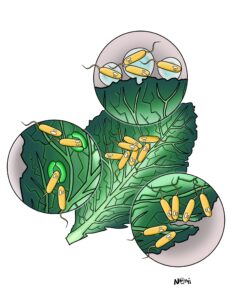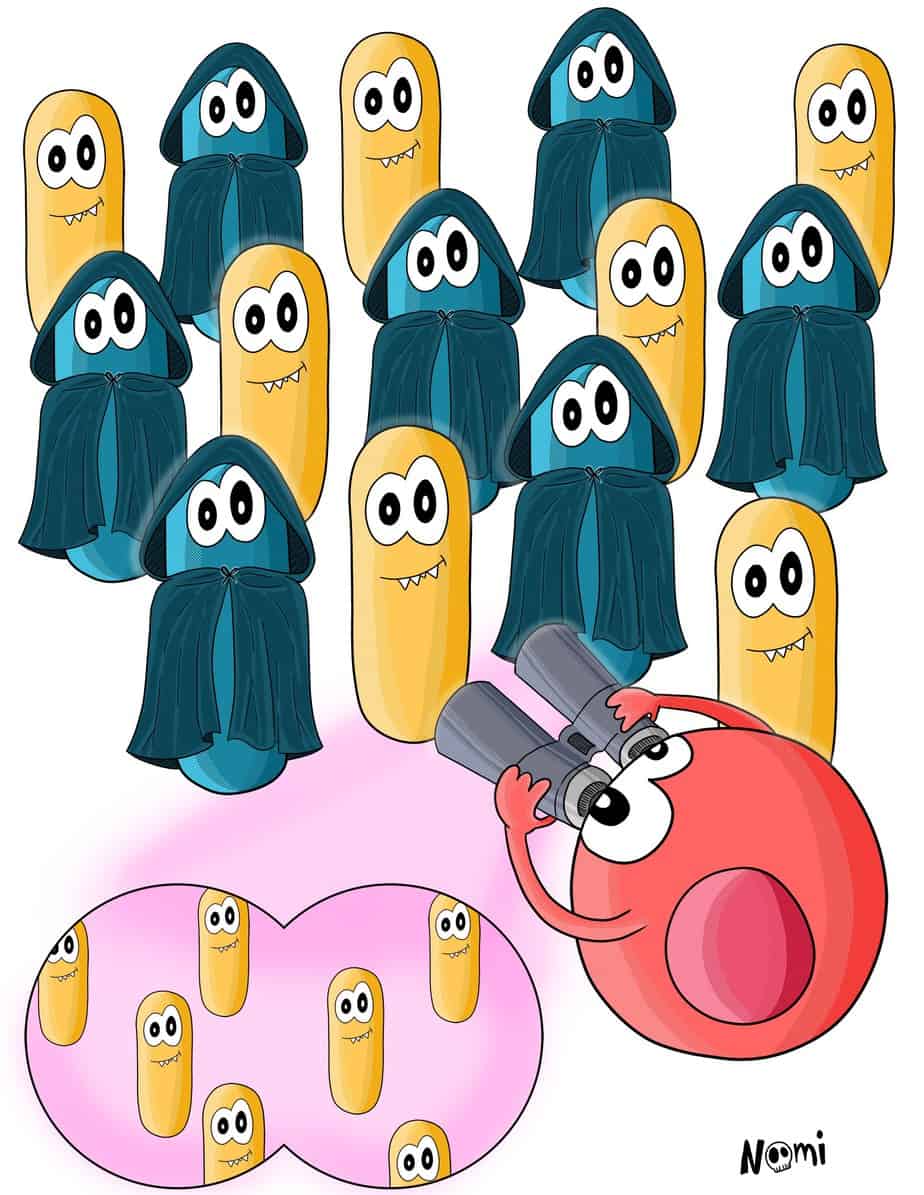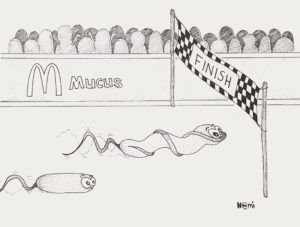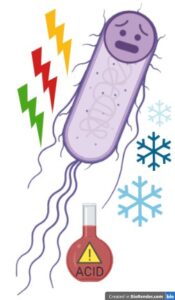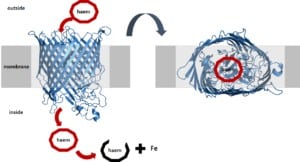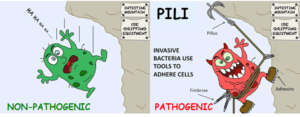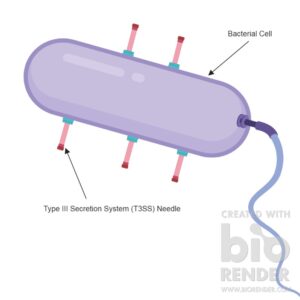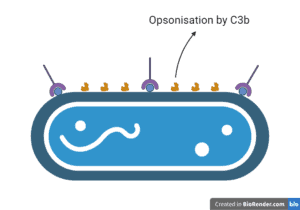
How your immune system battles harmful bacteria every day
Your immune system is constantly patrolling your body, ensuring that it stays clean and free of disease. Every single day, every hour, every minute, pathogens are pouring in, attempting to call your body their home and cause disease. But your immune system has specialised drones who bring the fight directly to the intruders. These drones are the so-called complement system. They keep bacterial pathogens at bay to ensure that we stay healthy.

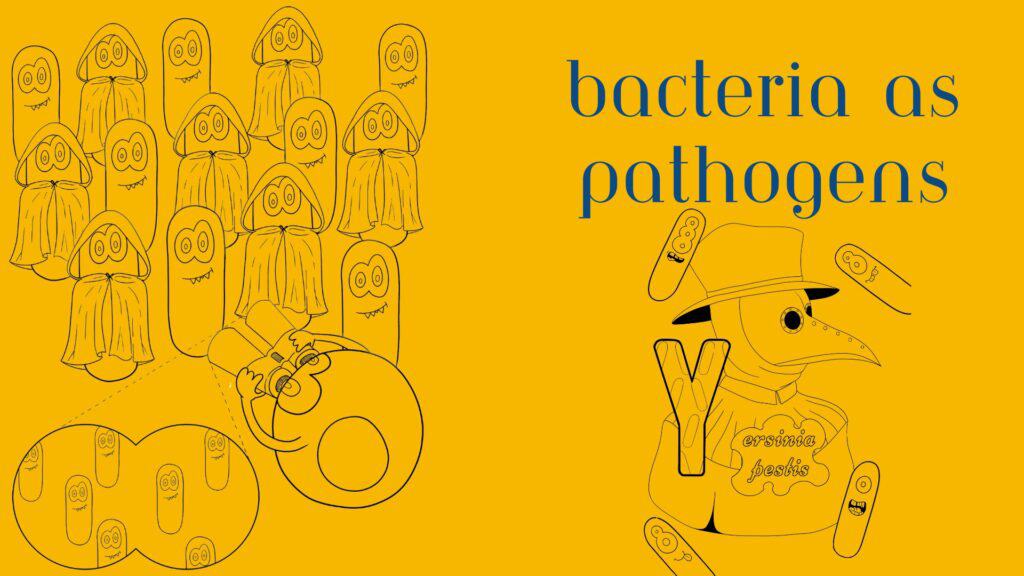 All bacteria want to survive, everywhere and at any time. Unfortunately, for them to establish a niche in our bodies, they may overcome our immune system and make us sick. Different bacteria can lead to different infections, symptoms and diseases.
All bacteria want to survive, everywhere and at any time. Unfortunately, for them to establish a niche in our bodies, they may overcome our immune system and make us sick. Different bacteria can lead to different infections, symptoms and diseases.
